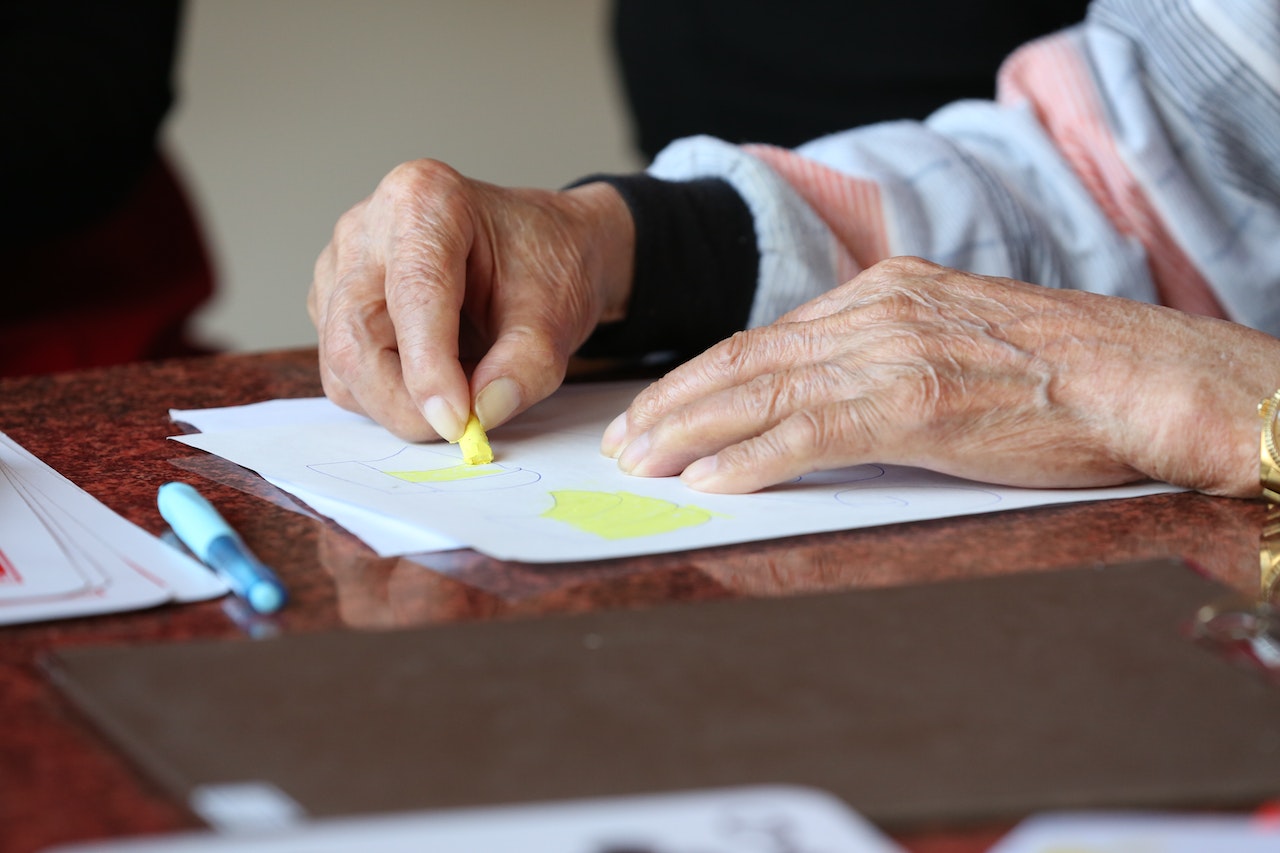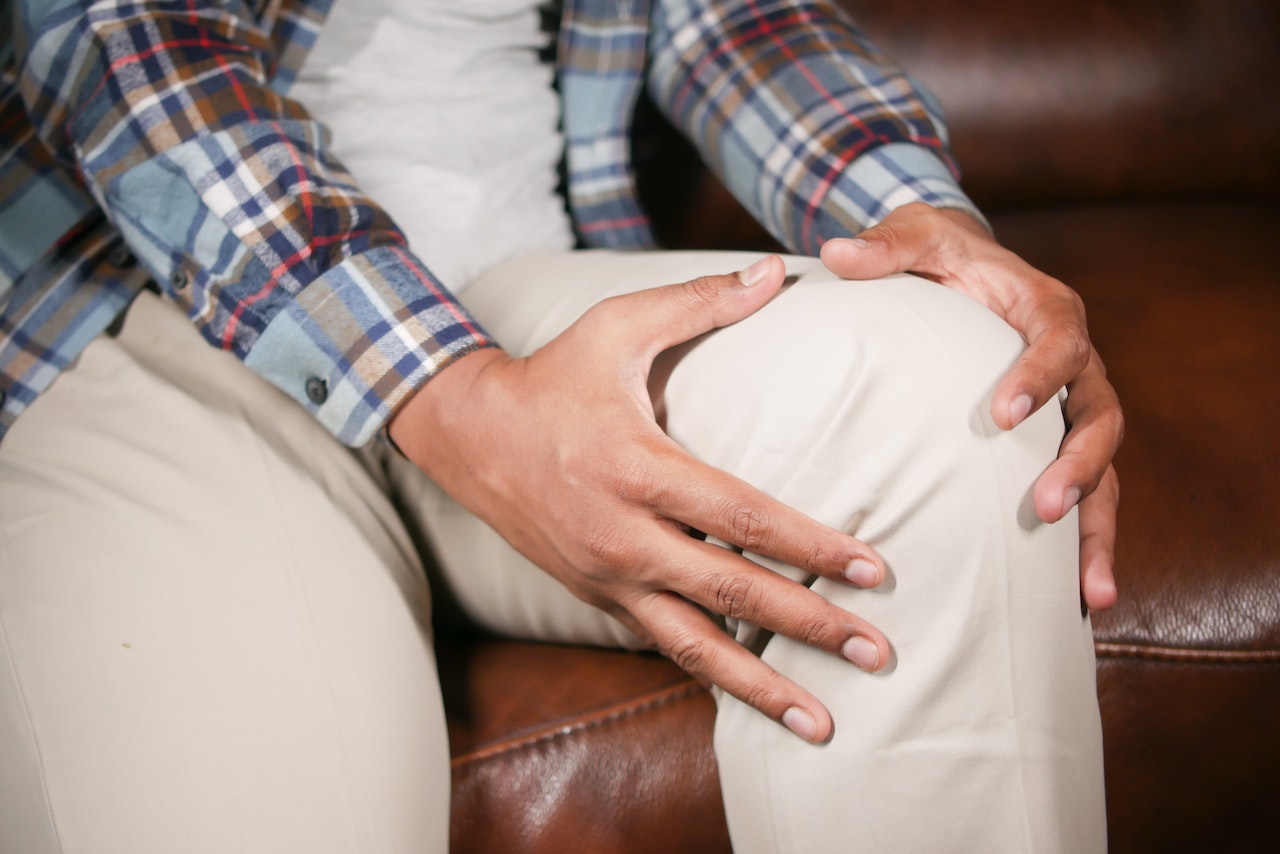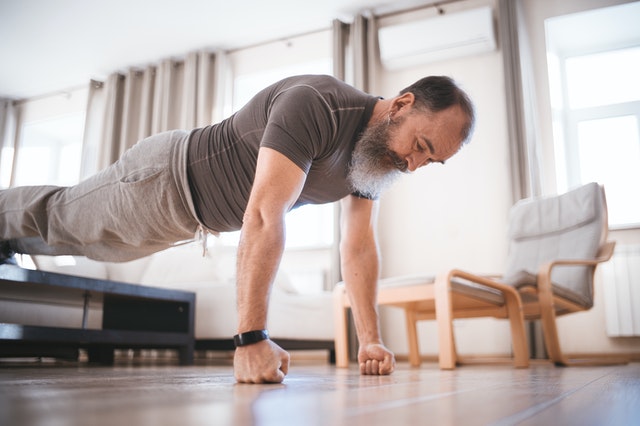Arthritis is a chronic condition resulting from the wearing away of cartilage or inflammation in the joints. According to the Arthritis Foundation, one in every five Americans over 18 has arthritis in a minimum of one joint.
The condition causes an impairment of the natural cushion in the joint, which can cause pain and swelling. Both symptoms of arthritis make it difficult to walk or handle simple everyday tasks, such as opening jars.
Not all joint pain and swelling point to arthritis. Sometimes, injuries can result in similar symptoms. However, along with stiffness and difficulty moving a joint, swelling and pain are common warning signs of the condition.
Learning More About the 4 Primary Arthritis Warning Signs

Arthritis pain is hard to define. The condition can cause constant pain or bouts of discomfort that come and go. The pain also doesn't discriminate between resting or moving, and it may occur in one place or in multiple joints throughout the body.
Swelling resulting from arthritis typically affects the skin over a joint. The skin often becomes red and warm to the touch. Depending on the severity of the condition, swollen skin might be tender to the touch. Medical experts warn that people experiencing localized swelling for three days or more should see their doctor.
Stiffness is a classic arthritis symptom that typically occurs after sitting or resting for extended periods. For example, someone's knees or hips might become stiff after riding in a car for more than an hour. It is common for people with arthritis to experience stiffness; some experiences last about an hour.
People without arthritis can easily lift themselves out of a chair while those people with arthritis of the knees, hips, hands, feet, etc., will often struggle with such seemingly simple tasks because they have difficulty moving their joints.
Dealing With a Suspected Diagnosis

Experiencing arthritis symptoms is not a definitive diagnosis. For an official diagnosis, you will need to go to a doctor. However, before you make an appointment, many experts suggest recording your symptoms for several weeks to help your doctor determine the type of arthritis you may have.
In your journal, record when and where you experience swelling and stiffness. Also, please note how long symptoms last and what eases them. You should also note symptoms that don't seem related, like a rash, fatigue, or fever. If you experience a fever, you should seek medical attention immediately.
If your physician suspects arthritis, they may perform different range of motion tests. Any pain you experience during these tests is another sign of arthritis.
A family history of arthritis can also indicate a diagnosis. Your primary doctor may refer you to a specialist for an official diagnosis.
Arthritis is a common condition. Four main symptoms are associated with a diagnosis: pain, swelling, stiffness and difficulty moving a joint. While the combination of the symptoms provides a safe assumption of a diagnosis, you will need to seek a medical opinion for an official diagnosis, especially if you need help with pain management.








